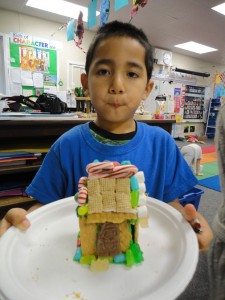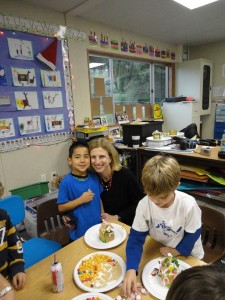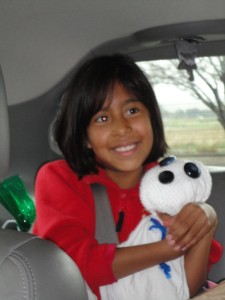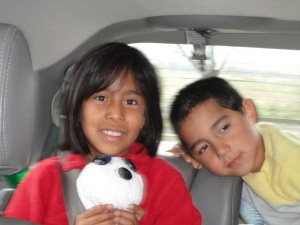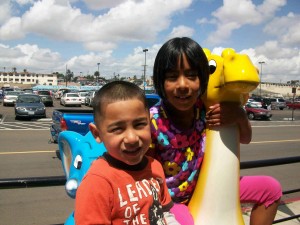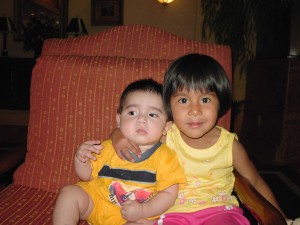 Most days, Mateo takes the bus to kindergarten, but sometimes we drive so we can read together in the classroom for 15 minutes before school begins. I chat with the other mothers on the playground as we watch our kids jump and run, their little bodies radiating energy and happiness. At the sound of the bell, the teacher, Ms. S, emerges from the classroom and the kids fall into an orderly line. Ms. S has been teaching kindergarten for more than 20 years. She knows how to set a tone.
Most days, Mateo takes the bus to kindergarten, but sometimes we drive so we can read together in the classroom for 15 minutes before school begins. I chat with the other mothers on the playground as we watch our kids jump and run, their little bodies radiating energy and happiness. At the sound of the bell, the teacher, Ms. S, emerges from the classroom and the kids fall into an orderly line. Ms. S has been teaching kindergarten for more than 20 years. She knows how to set a tone.
This morning, the excitement is especially high. Ms. S’s oldest daughter, a married woman who lives back East, is pregnant, due to deliver any minute. I know this because all week Mateo has been telling me, “Ms. S is about to become a grandma!”
As the kids file into the classroom and Ms. S is telling us about her daughter’s long and seemingly endless labor, her cell phone rings. “Oh, oh, oh!” Ms. S spins in a circle as she flips open her phone. “It might be news!”
Another false alarm.
Inside the classroom, I settle into a miniature-sized plastic chair and Mateo goes over to his cubby to pull out his book box. Then he does something he has never done when I come to the classroom to read. He crawls into my lap and snuggles. He wants to be held.
Chatter about babies swirls around the classroom–“During my first pregnancy…” “She was ten pounds eleven ounces!,” “And then the doctor said twins,”–and I remember the arrival of my nieces and nephews. For a few stunning moments, the world stopped: It’s a girl! It’s a boy! He’s got the same eyes-hair-chin-nose. She’s gorgeous!
As I hug Mateo, and he clings to me, I wonder about his birth. Mateo is from Guatemala, and one of the few facts I know about his life is that before he was born, his biological mother made her decision to give him up. I imagine that in order to separate, she had to distance herself from her son. No calls to a grandma waiting on the other end of a cell phone. No announcements sent to aunties and uncles and far-flung kin. Did Mateo’s mother count his fingers and toes?
I reach into my pocketbook for my glasses and blink away a few sharp tears. Through some miracle, Mateo found his way to me and my husband, to his sister, Olivia; to our family. Forever, I am Mateo’s mother and he is my son. But today I’m reminded, again, that like all children who are adopted, Mateo has a story that started before I met him. His prologue is one I may never know.
When Mateo was born, did anyone celebrate? Please tell me yes.


 ShareThis
ShareThis
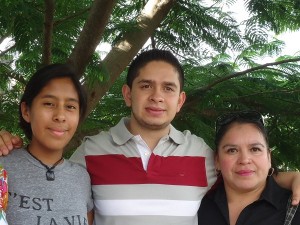
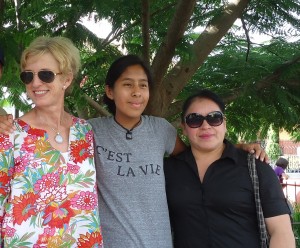
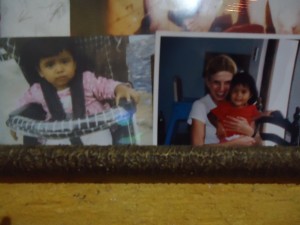
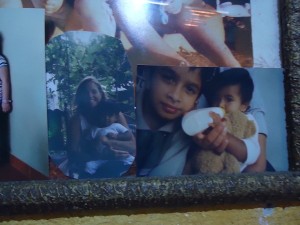



 ShareThis
ShareThis
